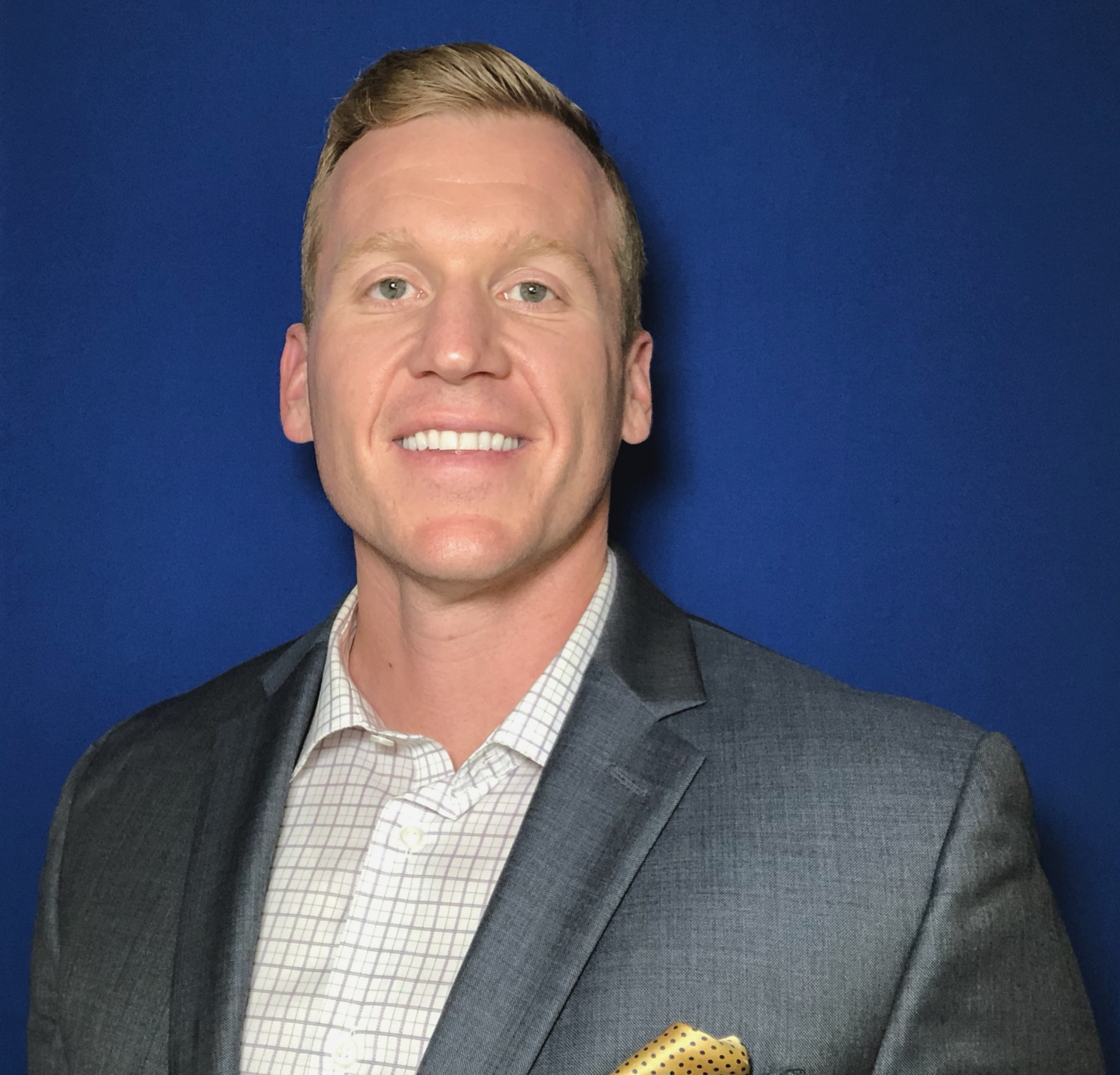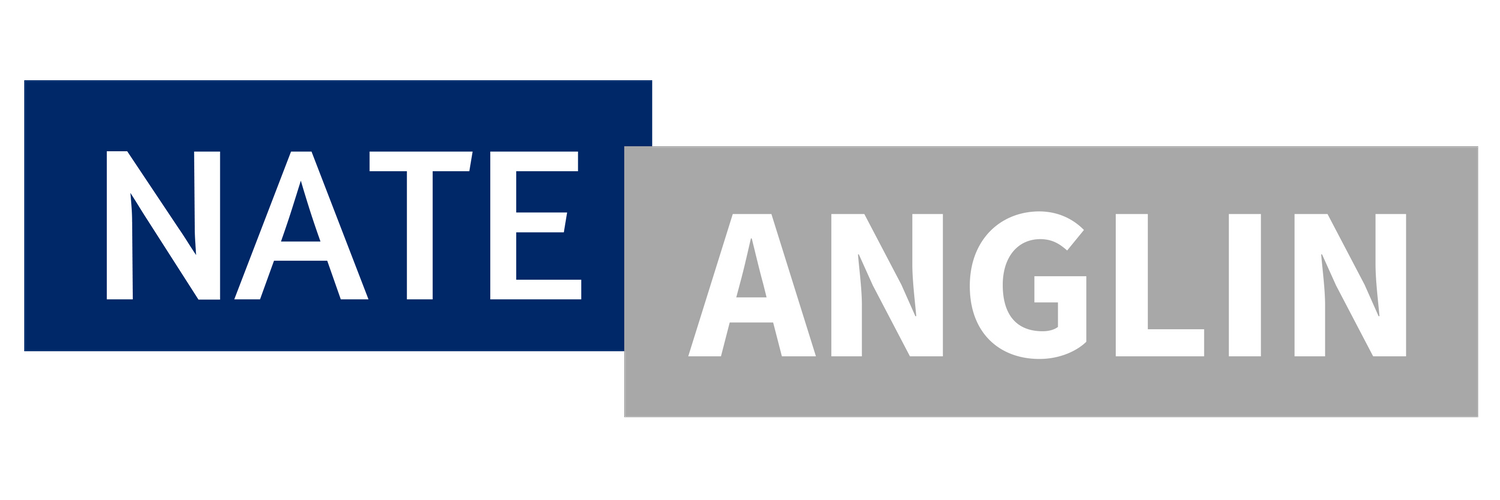TOR 055: How To Apply Leverage To Your Business And Life For Extraordinary Gains
Here’s the latest edition of The Optimized Report newsletter, which features 1 actionable tip every Sunday to help burned-out business owners dramatically improve their performance, profit, and potential without sacrificing what's most important—TIME.
Without leverage, any business will flail around in mediocrity.
Nat Eliason defines Personal Leverage as "a measure of your ability to extend your productivity beyond yourself." When your inputs and your outputs are highly connected, you don't have leverage.
You never gain leverage by renting your time.
Naval Ravikant believes, "A leveraged worker can out-produce a non-leveraged worker by a factor of one thousand or ten thousand."
Now imagine the impact of a leveraged business with leveraged people, processes, and finances.
Even the so-called solopreneurs often have virtual assistants and automation to standardize their repeat activities.
The three categories of leverage.
1/ The leverage of labor.
When other humans work for you, you get their time as a capacity of work or outputs. But leveraging people is messy, as it requires leadership skills and a firm understanding of human behavior.
2/ The leverage of money.
Every time you make a financial decision, you can multiply it with money. Money scales well. You can manage more capital than you can more people.
3/ The leverage of technology.
"Code is probably the most powerful form of permissionless leverage," writes Naval. With technology, you can do more with less, which happens automatically with little oversight.
You can multiply your efforts without needing a ton of money or people.
How to start investing in leverage.
The simplest place to start is with technology.
Look at your daily activities and find ways to automate redundant tasks.
Some personal examples:
Zapier triggers an automation and automatically emails me my sales reports every morning.
My ERP system automates customer updates on open orders.
Our CRM automatically moves opportunities into a sales stage based on milestone achievements.
My repairs team uses time-based triggers to automatically follow up with our aircraft part vendors about essential repairs (we're talking thousands of repairs handled by a couple of people).
The next place to gain leverage is by creating and improving your standard operating procedures so you can delegate or hire someone to execute them.
You can further leverage these procedures by recording video, so you can use them repeatedly instead of training your team over and over again.
When you leverage your time, you and your business can focus on higher-value activities—the 100x activities.







